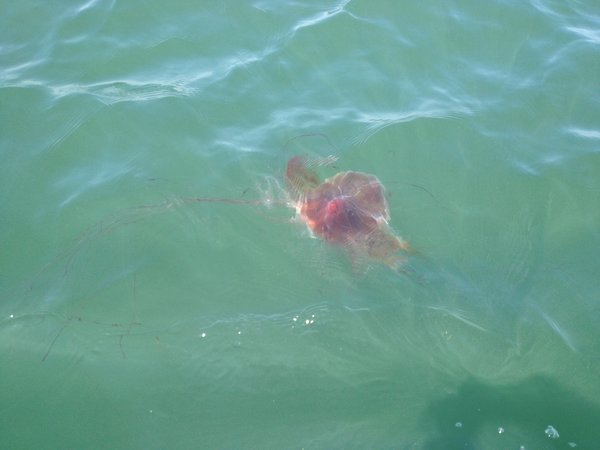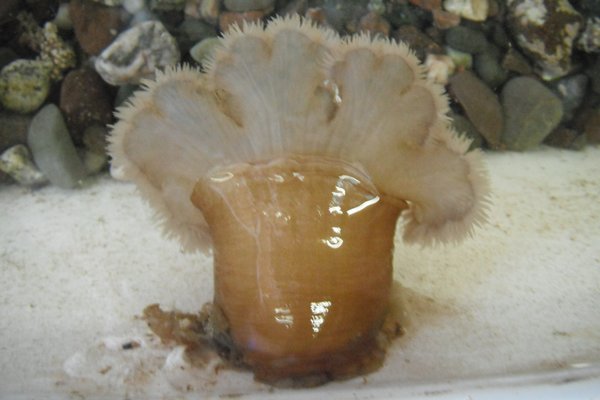 Image 1 of 8
Image 1 of 8

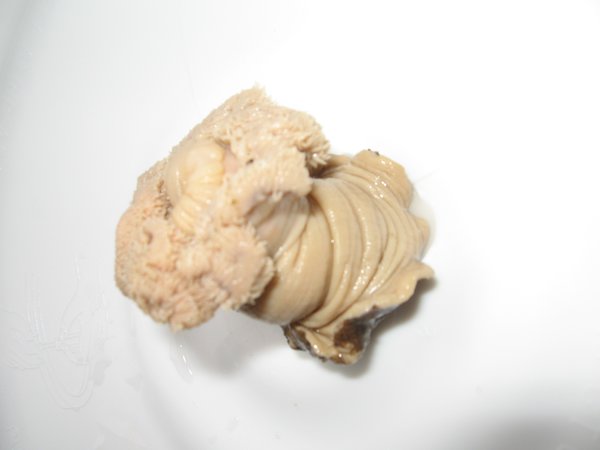 Image 2 of 8
Image 2 of 8

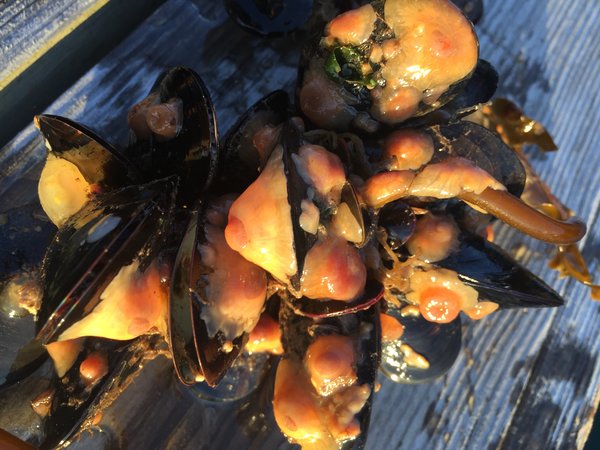 Image 3 of 8
Image 3 of 8

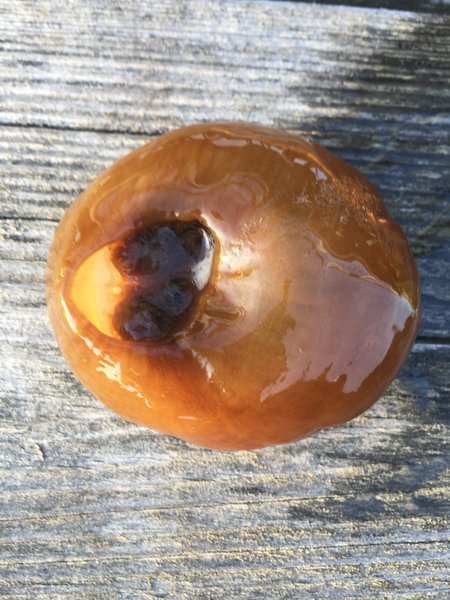 Image 4 of 8
Image 4 of 8

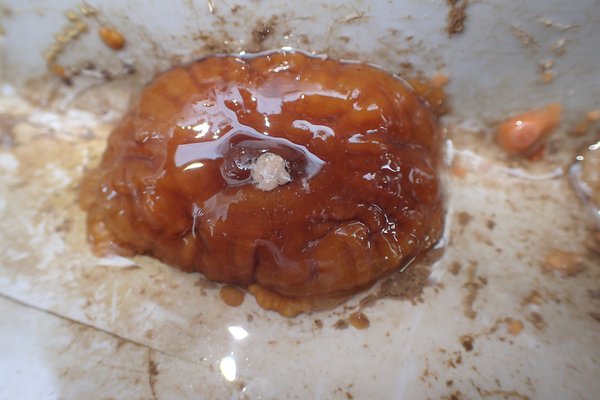 Image 5 of 8
Image 5 of 8

 Image 6 of 8
Image 6 of 8

 Image 7 of 8
Image 7 of 8

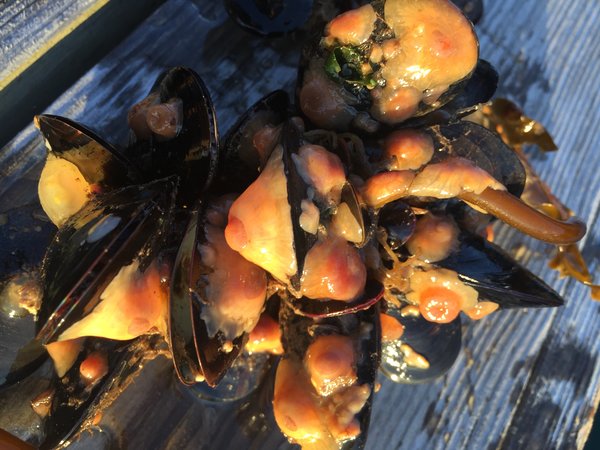 Image 8 of 8
Image 8 of 8









Frilled Anemone (Metridium senile)
Common name: frilled anemone, plumose anemone
Scientific name: Metridium senile
Locations: docks, floats, mooring balls, mooring lines, barges
Seasonality: available year-round
Colors: can be brown, tan, mottled, even whitish; orange-ish when small
Size: 1" - 3" anemones or clusters of 1/4" - 1/2" animals on mussels
Collected: by hand
Quantity: sold by the each or clusters on blue mussel clumps
Common name: frilled anemone, plumose anemone
Scientific name: Metridium senile
Locations: docks, floats, mooring balls, mooring lines, barges
Seasonality: available year-round
Colors: can be brown, tan, mottled, even whitish; orange-ish when small
Size: 1" - 3" anemones or clusters of 1/4" - 1/2" animals on mussels
Collected: by hand
Quantity: sold by the each or clusters on blue mussel clumps
Common name: frilled anemone, plumose anemone
Scientific name: Metridium senile
Locations: docks, floats, mooring balls, mooring lines, barges
Seasonality: available year-round
Colors: can be brown, tan, mottled, even whitish; orange-ish when small
Size: 1" - 3" anemones or clusters of 1/4" - 1/2" animals on mussels
Collected: by hand
Quantity: sold by the each or clusters on blue mussel clumps

Frilled anemone attached to a waved whelk with its tentacles retracted.
Tidepool Tim says, “Frilled anemones look like underwater palm trees! They have a beautiful white or tan crown with many hundreds of fine, fuzzy tentacles surrounding their mouth. Their column stretches quite tall and varies in color from brown, orange, white, or even palomino-colored. We find them mostly on mooring lines, float drums under docks or dock pilings where they are gently feeding on plankton in the tidal currents. In our aquaria, these little guys can skate right along on their suction disc on the glass until they find a place suitable to their liking. In the spring and summer, they reproduce jillions of tiny anemones that seem to like to colonize blue mussel clusters. Here in Cobscook Bay, the planktonic mix is full of fat copepods, many diatom species, and tons of larval invertebrate - a perfect diet for these quick growing coelenterates.”

